13 Traditional Festivals That Have Lasted for Centuries
Across the world, people gather each year to celebrate age-old traditions that connect them to their roots and ancestors. These festivals carry stories, rituals, and customs that have been passed down for generations, often blending history with community spirit. From colorful parades to solemn ceremonies, each celebration reflects the values and identity of the culture it represents. What makes them special is their ability to remain meaningful despite changing times, offering both joy and continuity.
This post may contain affiliate links, which helps keep this content free. Please read our disclosure for more info.
Holi – India
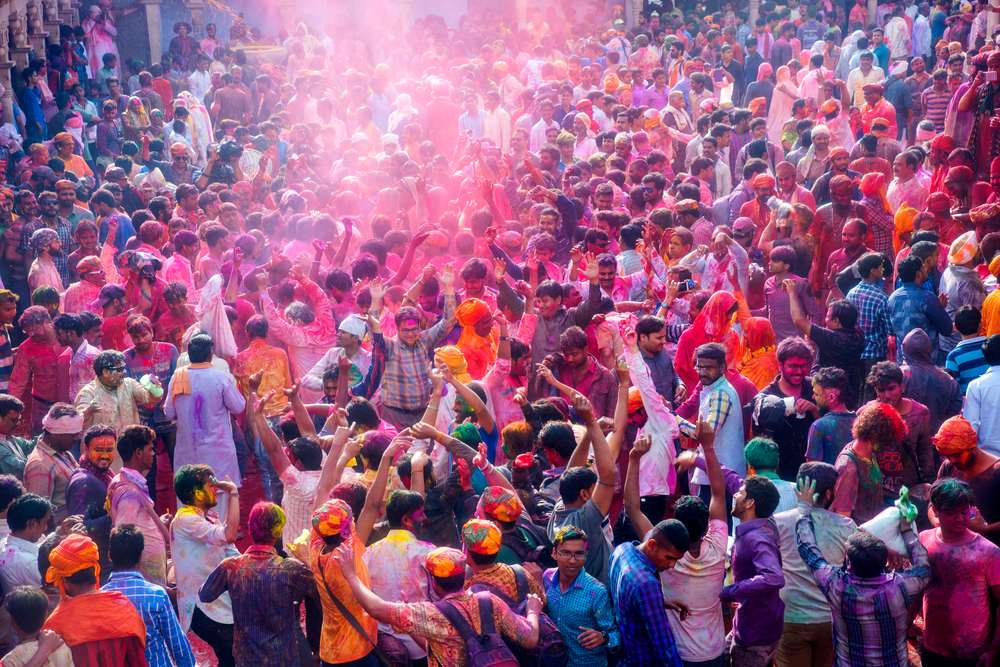
Holi is one of the oldest and most colorful festivals celebrated in India, with references going back to ancient texts as early as the 4th century BC. Rooted in Hindu mythology, it tells the story of Prahlad, a devotee of Vishnu, who was saved from the flames while his wicked aunt Holika perished. This victory of good over evil remains at the core of Holi’s spiritual significance. The celebration itself is marked by an explosion of colors as people throw powders and splash water at one another, creating a joyous spectacle that covers entire streets.
The timing of Holi coincides with the arrival of spring, making it a celebration of renewal, fertility, and the harvest season. Bonfires are lit on the eve of Holi to represent the burning away of negativity, while the following day focuses on play, laughter, and reconciliation. Families and neighbors join in the festivities regardless of background, reinforcing the spirit of unity. Over the centuries, Holi has spread far beyond India’s borders, celebrated by Indian communities worldwide, and continues to symbolize togetherness and joy in a way that transcends generations.
Lantern Festival – China
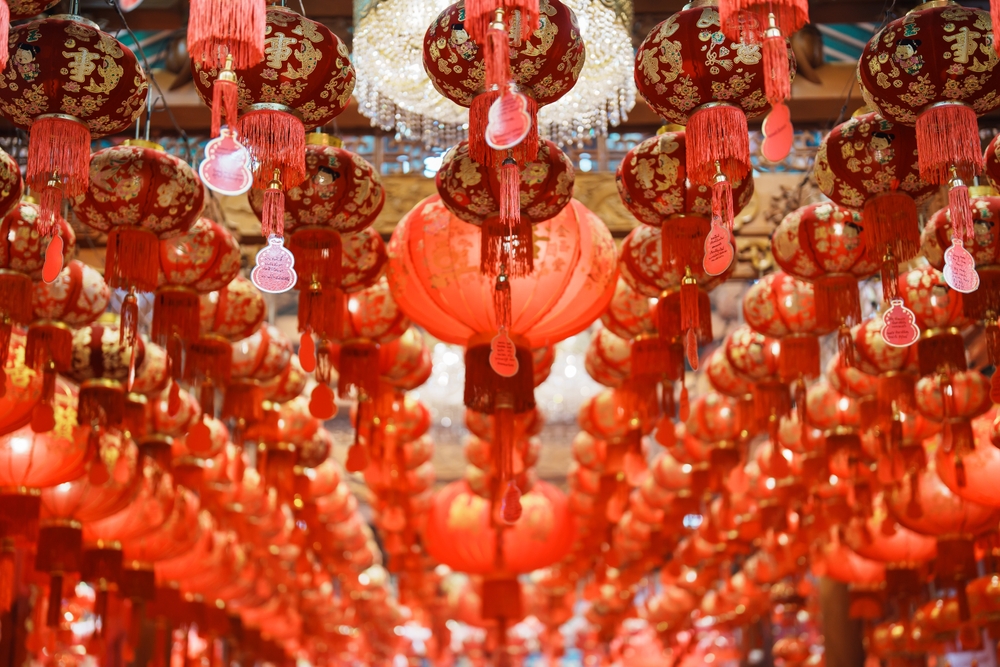
The Lantern Festival has been celebrated in China for over two thousand years, marking the end of Lunar New Year festivities. Traditionally held on the fifteenth day of the first lunar month, it is a night when cities come alive with glowing lanterns of all shapes and sizes. Lanterns are often decorated with riddles that challenge participants to think and play, while dragon and lion dances bring an air of festivity to the streets. Families gather to eat tangyuan, glutinous rice balls with sweet fillings, which symbolize unity and happiness.
This festival has roots in early Han dynasty traditions, where it was linked to Buddhist practices of lighting lanterns to honor the Buddha. Over time, it grew into a cultural highlight that combined spirituality with entertainment. For centuries, the Lantern Festival has been a symbol of hope and prosperity, as people release lanterns into the night sky, carrying their wishes and prayers. Its endurance shows how rituals of light and symbolism connect generations, reminding people of their shared history while looking forward to renewal each year.
Inti Raymi – Peru
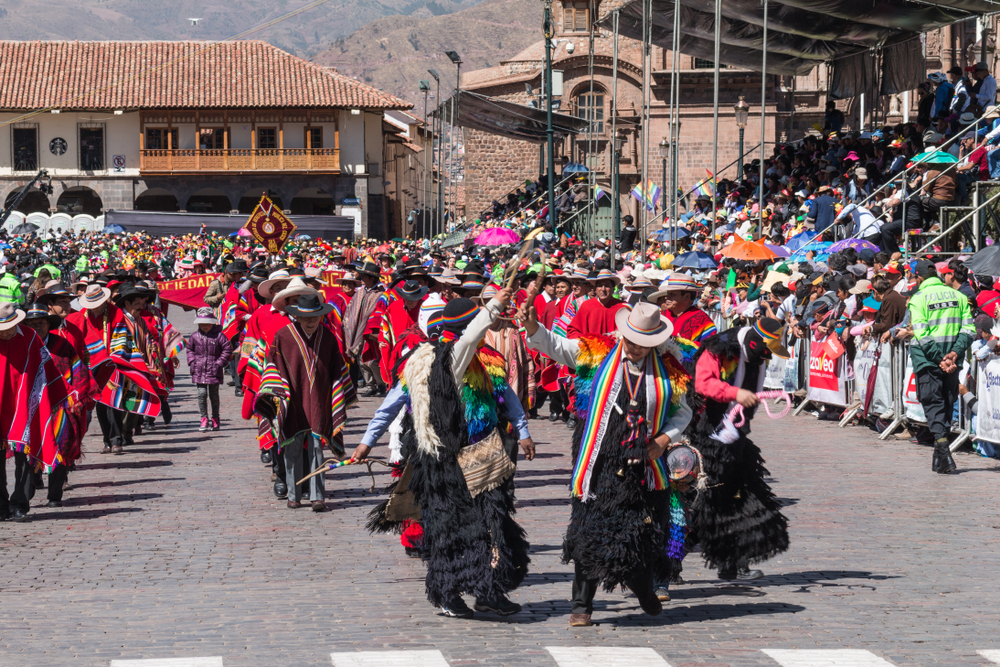
Inti Raymi, meaning “Festival of the Sun,” is an ancient Incan celebration dating back to the 15th century. It was once the most important festival of the Inca Empire, dedicated to Inti, the sun god, who was regarded as the source of life and abundance. During the winter solstice in June, tens of thousands of people would gather in Cusco to participate in grand ceremonies led by priests and the Sapa Inca, the emperor. Rituals included offerings of food, coca leaves, and animals to seek blessings for agricultural fertility and to strengthen the relationship between the people and their deity.
When the Spanish conquered Peru in the 16th century, the festival was outlawed as part of their suppression of Incan culture. However, the memory of Inti Raymi persisted among the people, and in the 20th century, it was revived as a historical reenactment and cultural celebration. Today, the festival draws crowds from around the world, with elaborate performances staged at the Sacsayhuamán ruins near Cusco. It serves as both a tribute to ancestral traditions and a proud reminder of Andean heritage, proving the resilience of cultural memory across centuries.
Songkran – Thailand
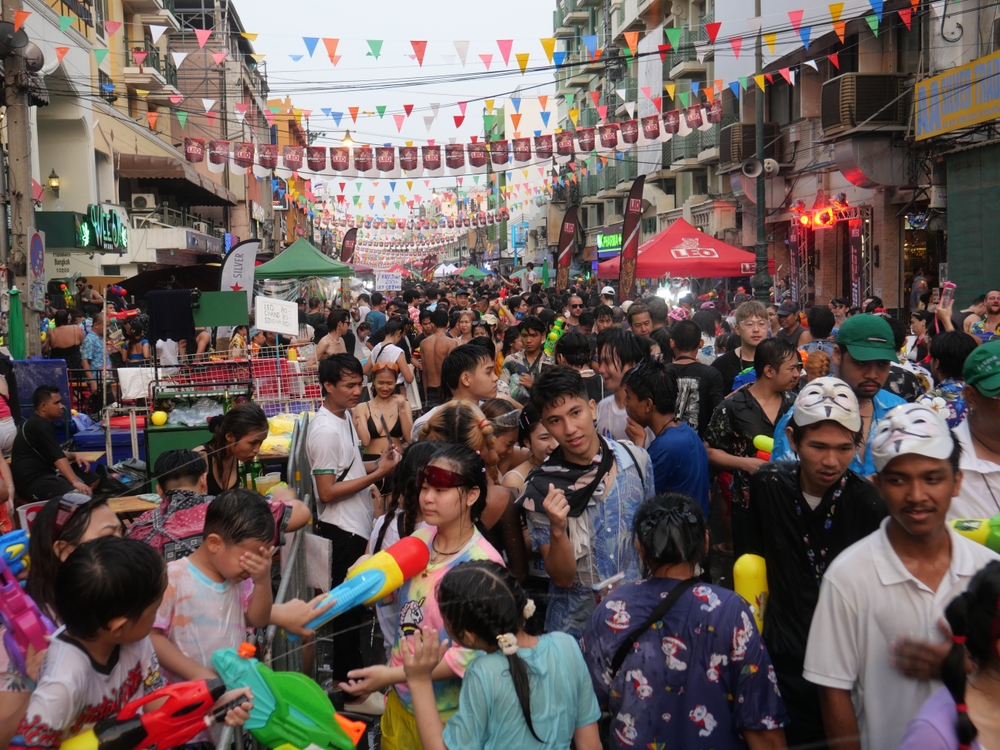
Songkran is Thailand’s traditional New Year festival, with origins traced back to the Sukhothai Kingdom in 1238. At its heart, Songkran is a time of cleansing and renewal, symbolized by the act of pouring water. Originally, this water was gently poured over statues of the Buddha and elders as a mark of respect and a way to wash away misfortune from the past year. Over time, the ritual expanded into the lively water fights that now define the festival, with entire streets turning into playful battlegrounds.
Despite its modern reputation for fun and revelry, Songkran retains strong spiritual and cultural meaning. Families gather at temples to make merit, offer food to monks, and clean household shrines. Respect for elders is emphasized, as younger generations pour fragrant water over their hands to seek blessings. Celebrated each April, Songkran also aligns with the hottest time of the year, making the water play both refreshing and symbolic. Its enduring popularity lies in the balance between tradition and celebration, blending centuries-old customs with a sense of joy that appeals across generations.
Carnival – Brazil
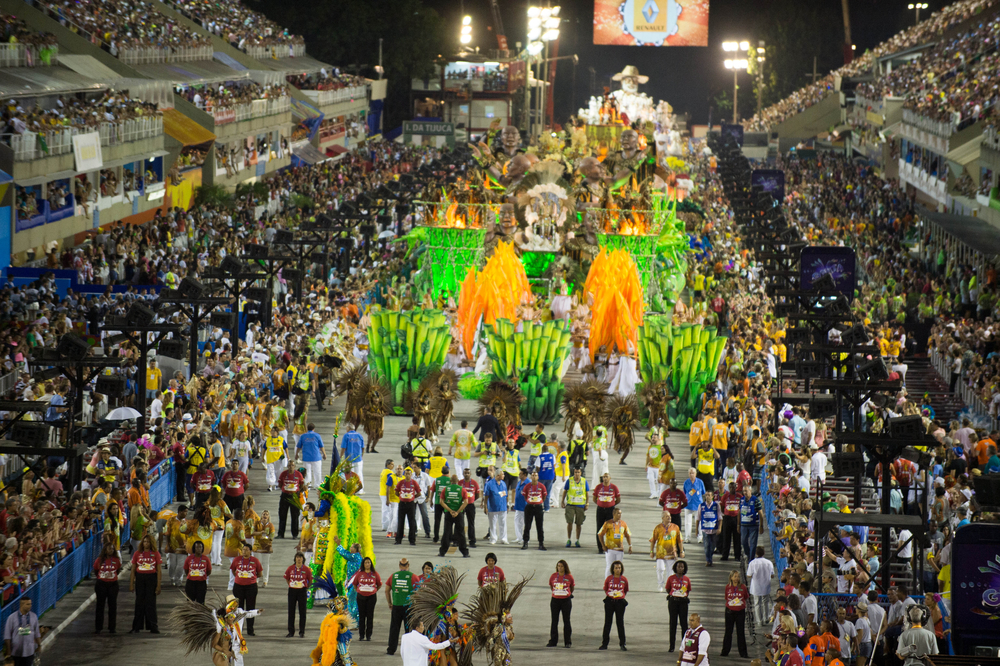
Carnival in Brazil traces its origins to the colonial period in the 18th century, blending Catholic traditions with African and indigenous influences. It began as a pre-Lenten celebration introduced by the Portuguese, intended as a final feast and festival before the fasting season of Lent. Over time, it grew into a massive cultural event marked by parades, music, dancing, and elaborate costumes. Samba schools now prepare year-round for the parade competitions in Rio de Janeiro, turning the city into a stage of rhythm and energy.
Though Carnival is now famous worldwide for its vibrant displays, it continues to carry deep cultural meaning in Brazil. It is an expression of freedom, creativity, and community, providing an outlet for people of all backgrounds to come together. The mix of traditional Catholic rituals with African drumming and dance has made it both a celebration and a showcase of Brazil’s diverse heritage. Despite changing with time, Carnival remains a centuries-old tradition that continues to define Brazil’s cultural identity.
Diwali – India
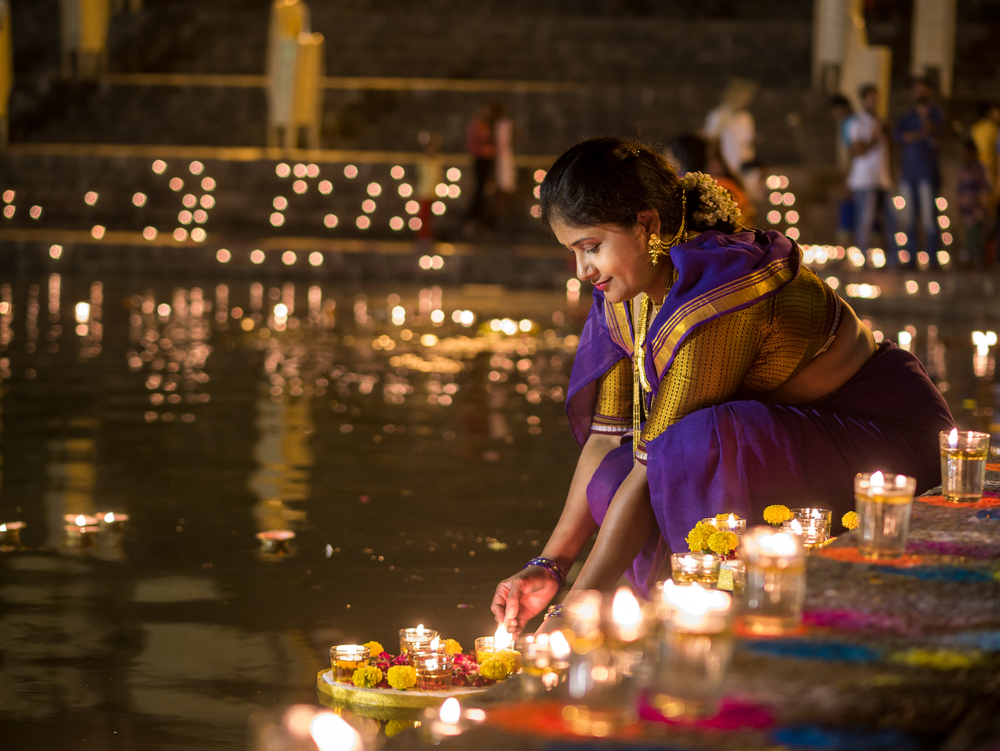
Diwali, known as the Festival of Lights, has been celebrated in India for over two thousand years. Rooted in Hindu mythology, it commemorates the return of Lord Rama to his kingdom after defeating the demon king Ravana, with lamps lit to guide his way. Homes, temples, and streets are illuminated with oil lamps and candles, symbolizing the triumph of light over darkness. Families exchange gifts, prepare sweets, and gather for prayers dedicated to Lakshmi, the goddess of wealth.
Beyond its mythological ties, Diwali also marks the beginning of the new financial year for many communities in India. Its rituals represent renewal, prosperity, and unity, bringing families together regardless of distance. Over the centuries, Diwali has spread to other countries where Indian communities reside, turning it into a global celebration. Its longevity reflects how light and hope remain timeless symbols across generations.
Obon – Japan
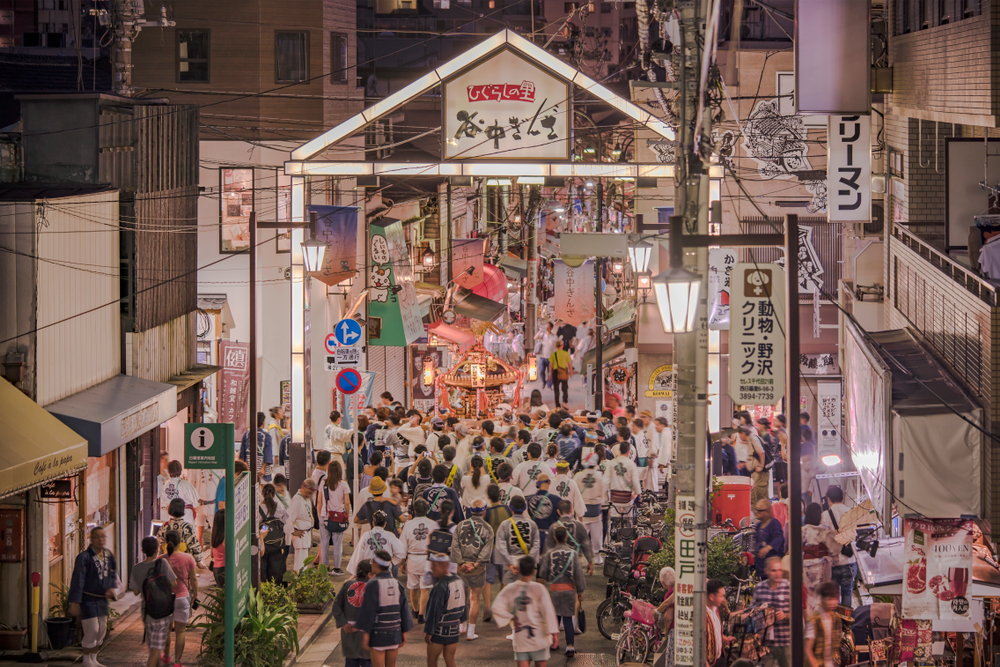
Obon in Japan is a Buddhist festival that has been observed for more than five hundred years. It honors the spirits of ancestors who are believed to return to visit the living during this time. Families clean ancestral graves, make offerings, and gather to perform Bon Odori dances, which vary by region but all symbolize joy and respect. Lanterns are lit to guide spirits back to the other world, creating a serene and moving atmosphere.
The festival usually takes place in mid-August, aligning with the summer season. Despite modernization, Obon remains a central part of Japanese life, with millions traveling back to their hometowns to pay respects. The mix of solemn rituals with communal dancing ensures that it is both a personal and social experience. Its ability to bring families together across generations speaks to its lasting importance in Japanese culture.
Gion Matsuri – Japan
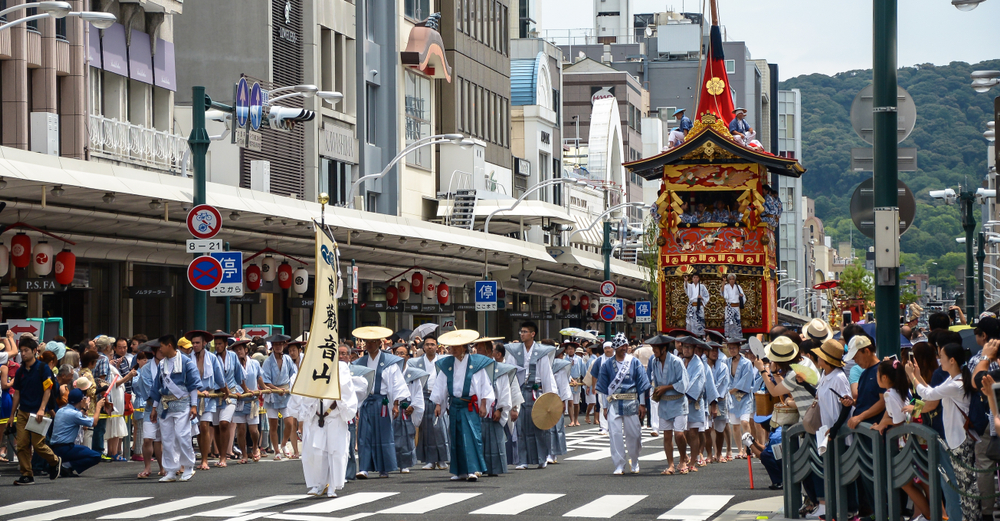
The Gion Matsuri in Kyoto is one of Japan’s oldest festivals, originating in the year 869 as a religious ceremony to ward off plagues. It developed into an annual event centered on the Yasaka Shrine and has grown into a month-long celebration each July. The highlight is the grand procession of massive floats called yamaboko, which are elaborately decorated and pulled through the streets by teams of people.
These floats often feature traditional art and intricate woodwork, representing centuries of craftsmanship passed down through families. Residents along the parade route open their homes to showcase heirlooms, continuing the tradition of hospitality. The festival has endured for more than a millennium by adapting to the times while preserving its central rituals. Today, it not only honors its religious origins but also celebrates Kyoto’s rich history and sense of community.
Nowruz – Iran and Central Asia
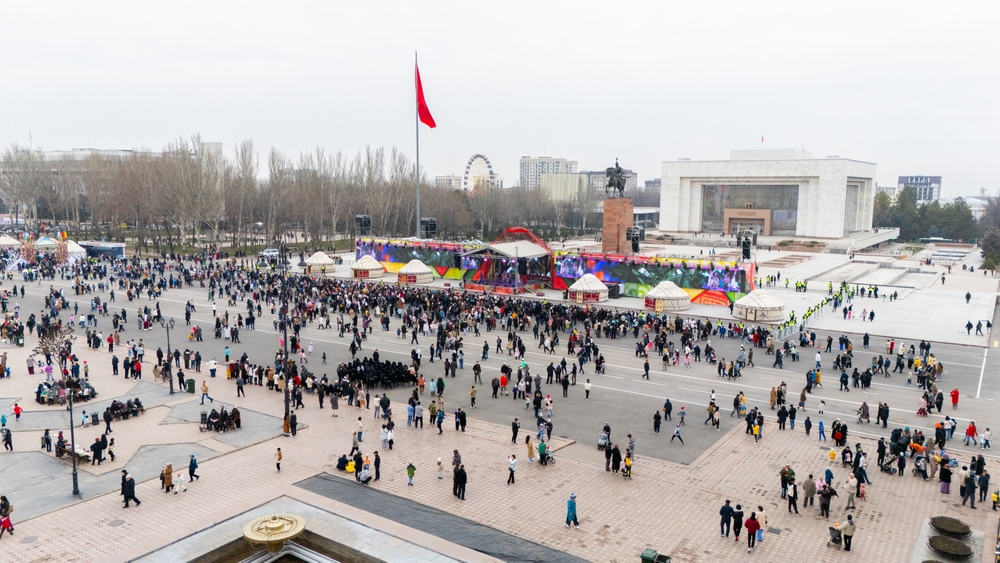
Nowruz, meaning “new day,” is the Persian New Year celebrated at the spring equinox. Its origins stretch back over three thousand years to the Zoroastrian religion, making it one of the oldest continuously celebrated festivals in the world. Families prepare by cleaning their homes, setting a table known as the haft-seen with symbolic items like sprouts, fruits, and coins, each representing renewal and prosperity.
Nowruz is more than a celebration of the calendar year. It reflects a connection to nature, marking the balance of light and dark as the earth transitions into spring. Communities come together for meals, music, and dance, while fire-jumping rituals symbolize purification and new beginnings. Its survival across centuries and across multiple countries demonstrates its universal themes of renewal and unity.
Día de los Muertos – Mexico
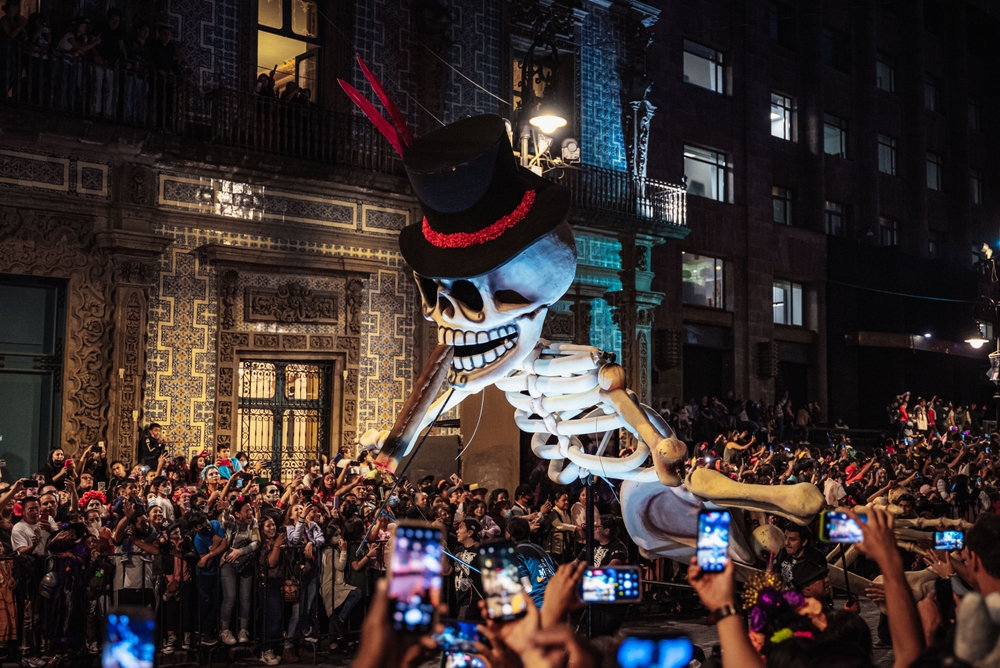
Día de los Muertos, or the Day of the Dead, is rooted in ancient Aztec rituals that honored the goddess Mictecacihuatl, the Lady of the Dead. After Spanish colonization, it merged with Catholic traditions of All Saints’ Day and All Souls’ Day, creating the unique festival seen today. Families build altars called ofrendas, decorated with marigolds, candles, photographs, and favorite foods of deceased loved ones. The belief is that during these days, the spirits of the dead return to celebrate with the living.
Despite its association with death, the festival is filled with joy, music, and colorful imagery. Parades feature skull masks and skeleton costumes, representing the cycle of life. Pan de muerto, a sweet bread, is shared among families, while cemeteries come alive with gatherings and music. The endurance of Día de los Muertos reflects its ability to balance mourning with celebration, turning remembrance into an act of love.
Easter – Worldwide
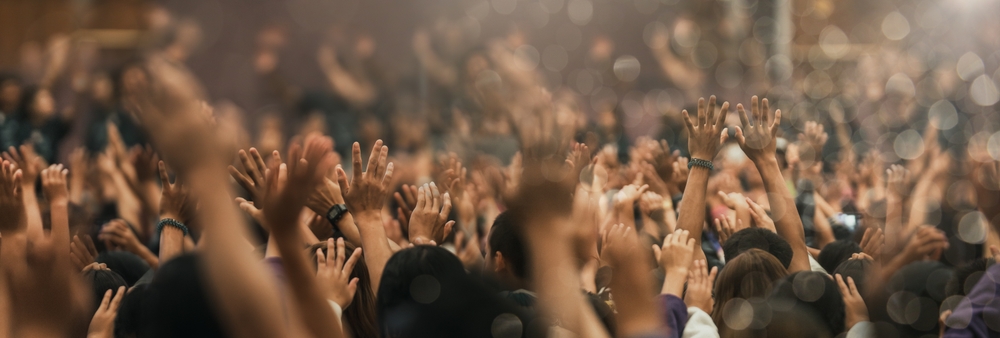
Easter has been celebrated for nearly two thousand years within Christianity, commemorating the resurrection of Jesus Christ. Its roots are tied to the Jewish festival of Passover, but it grew into its own set of traditions involving church services, feasting, and symbolic customs. Eggs, representing new life, became central symbols, and over time, the Easter Bunny entered folklore in Europe and spread worldwide.
While its religious meaning remains at the core, Easter also became a community celebration marked by egg hunts, shared meals, and family gatherings. In many regions, processions and reenactments of the Passion of Christ are held, connecting participants to centuries of Christian heritage. Its global reach and long-standing traditions show how religious belief and cultural practice continue to sustain festivals across centuries.
Chinese New Year – China and beyond
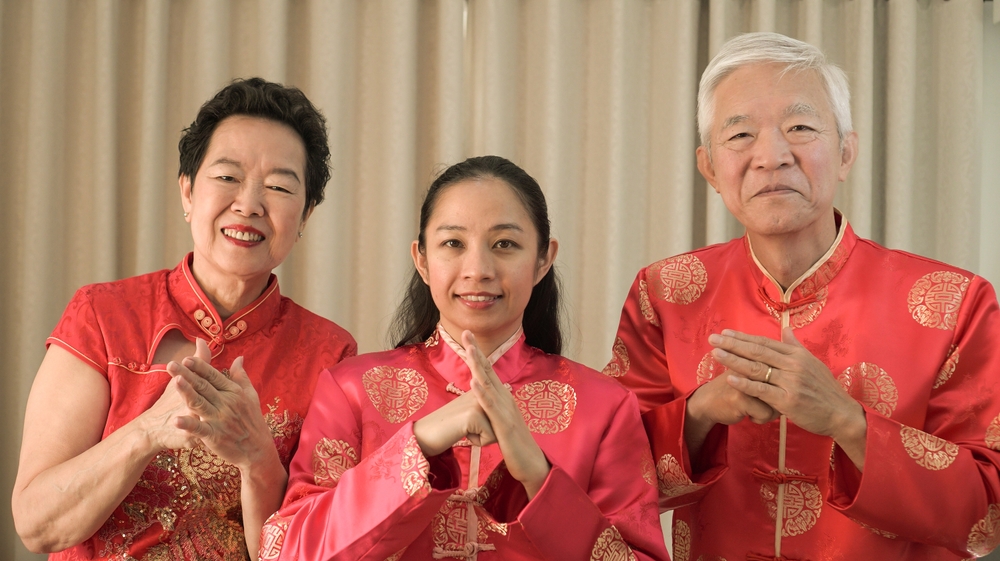
Chinese New Year, also called the Spring Festival, is one of the most celebrated and oldest traditions in the world, with a history spanning more than three thousand years. Rooted in ancient agricultural rituals, it was originally tied to the lunar calendar and the cycle of planting and harvest. Folklore tells of the mythical beast Nian, who was scared away by red decorations, firecrackers, and loud noises, customs that remain central today.
The festival is a time for family reunions, with millions traveling back to their hometowns to celebrate. Red envelopes filled with money are given to children for good luck, while elaborate feasts highlight traditional dishes. Lion and dragon dances bring excitement to the streets, while fireworks light up the skies. Its deep cultural roots and widespread celebration have allowed the Chinese New Year to endure as a global symbol of renewal and unity.
Vesak – South and Southeast Asia
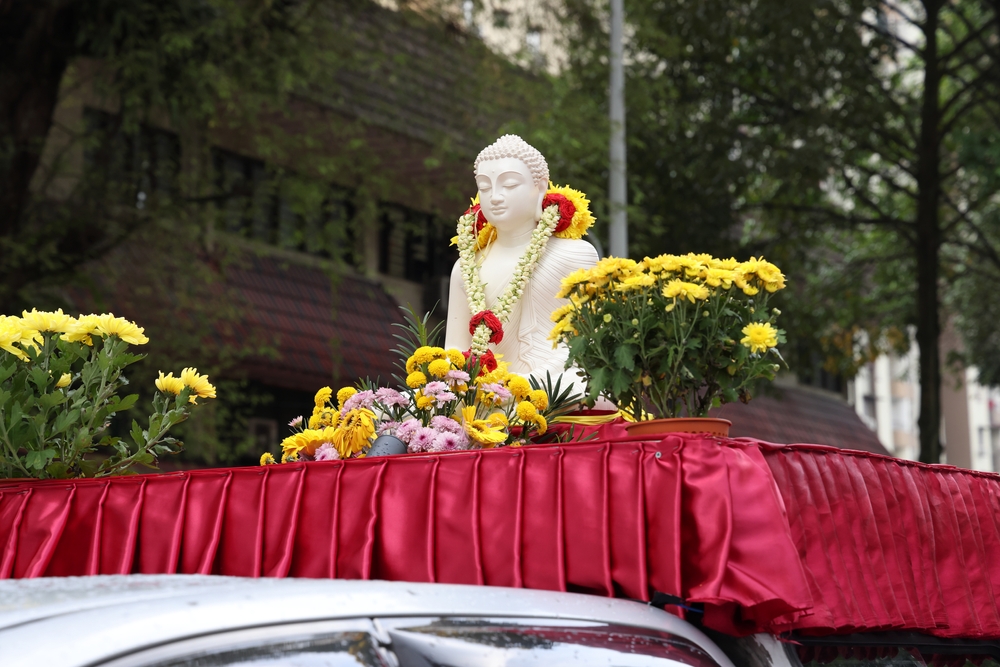
Vesak, also known as Buddha Day, marks the birth, enlightenment, and death of Gautama Buddha. With origins tracing back over two thousand years, it is celebrated by Buddhist communities across Asia. Devotees visit temples to light lanterns, offer flowers, and listen to teachings that emphasize compassion and mindfulness.
The festival is not only a religious observance but also a community gathering. Acts of charity, vegetarian meals, and the release of caged birds are common practices, symbolizing kindness and respect for all living beings. Vesak has survived across centuries because it reinforces values central to Buddhist philosophy while bringing people together in peace and reflection.
This article originally appeared on Avocadu.
